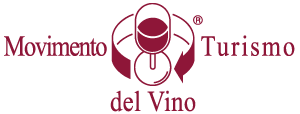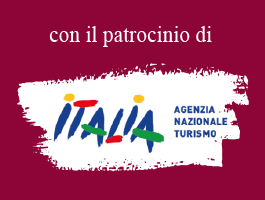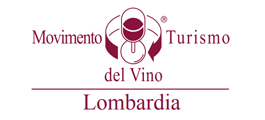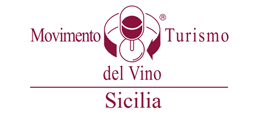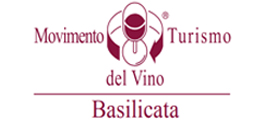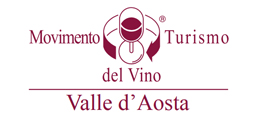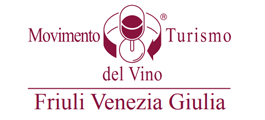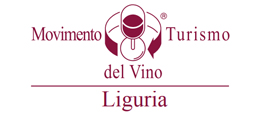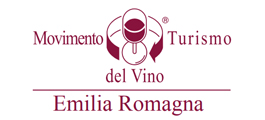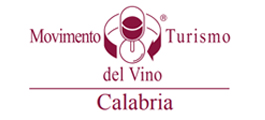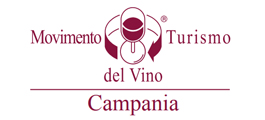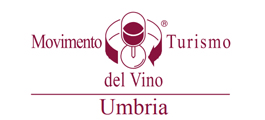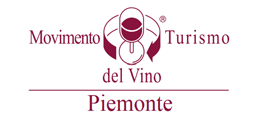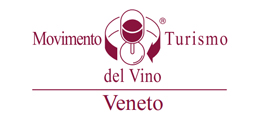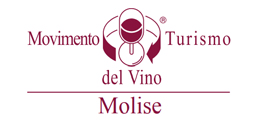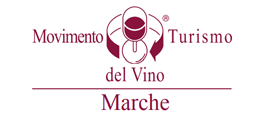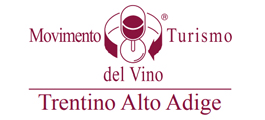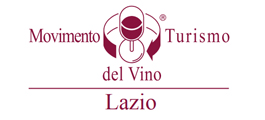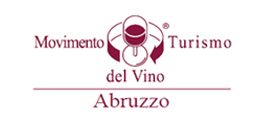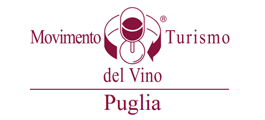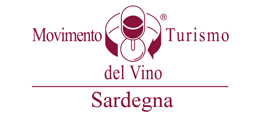Lower Friuli and the lagoon area
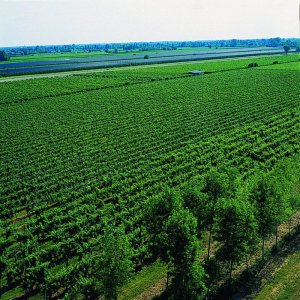
This route will take you through the southern part of the province of Udine, known as the Bassa, or Lower Friuli, as far as the lagoon and the Adriatic Sea. The departure point is Palmanova, easily reached from the A4 autostrada tollbooth, and the destination is Lignano, the region’s leading holiday resort. It can be tackled in sections, depending on time available and personal interests. The places on the route are close to each other but in many cases, there is no direct link by main road. This gives visitors the opportunity to leave the major highways and take secondary roads through the quiet countryside, discovering corners of Friuli that are often missed.
The itinerary takes in three DOC wine zones: Friuli Annia, Friuli Aquileia and Friuli Latisana.
The Friuli Annia DOC zone was established in 1995. It enjoys a particularly mild climate and offers scenic countryside views, thanks in part to the neighbouring lagoon of Marano. Vines planted on this terrain can acquire excellent aromas, especially white varieties. Wine has been made in the Friuli Aquileia DOC zone for many centuries, for grapes were grown here in Roman times. The influence of the sea means the zone has a very mild climate.
The heart of the DOC is Aquileia, a major historical and archaeological centre.
The Friuli Latisana DOC zone extends along the southern part of the province of Udine in the municipality of Latisana and ten or so nearby villages. The nearby sea cossets the vines with warm breezes while the sand and clay soil is rich in minerals, lending flavour and aroma to the zone’s sturdy Merlot and Cabernet Franc. Fragrant Friuli Latisana whites include Tocai Friulano, Pinot Bianco and Chardonnay.
Typical products
Goose-based products (ragout, foie gras, ham and salami), asparagus, honey
Typical dishes
Recipes based on fish and marshland feathered game
Cycling itineraries
The Lagoon of Marano: San Giorgio di Nogaro - Carlino - Marano Lagunare - Carlino - San Giorgio di Nogaro (25.4 km - 3/4 h - easy).
From the Tagliamento to the Stella: Latisana - Gorgo - Pertegada - Lignano - Pertegada - Titiano - Precenicco - Latisana (51 km - 5/6 h - medium difficulty).
The Roots of History: Cervignano - Villa Vicentina - Aquileia - San Lorenzo - Scodovacca - Cervignano (31 km - 3/4 h - easy).
Itinerary: Clauiano - Trivignano Udinese - Palmanova - Cervignano - Aquileia - Marano Lagunare and Carlino - Palazzolo dello Stella - Latisana - Lignano
CLAUIANO – TRIVIGNANO UDINESE
Clauiano is one of the most interesting rural villages of the Friuli plain. Its origin dates back to medieval times, although the area was inhabited in Roman times. It is one of the "most beautiful villages in Italy".
Wineries
Borgo Claudius
PALMANOVA
A masterpiece of military engineering, Palmanova is a fortress-town founded by the Venetians in 1593 as a bulwark against the devastating forays of the Turks, and to halt the expansionist ambitions of the Austro-Hungarian empire. The perimeter forms a nine-pointed star and there are only three gates. In the centre of the town is a large hexagonal piazza, overlooked by the palazzi of the Venetian governor, the provveditore generale (today, it is the town hall), the military commander, the Monte di Pietà (pawnbroker), loggias and the seventeenth-century cathedral. It is possible to visit the fortifications, which include ramparts, underground walkways and old barracks. For guided tours, apply to the civic historical museum (Borgo Udine 4, tel. +39 0432 929106), which also has on display documents on the history of Palmanova and a collection of weapons. The military historical museum, in Piazza Grande, relates the story of the various garrisons that have succeeded each other at Palmanova in the past.
Wineries
Tenuta Pribus (Privano di Bagnaria Arsa)
Festivals and events
Historical re-enactment in costume - September
CERVIGNANO
An important economic centre and railway hub on the Friulian flatlands, Cervignano is, among other things, the home of the Consorzio Tutela Vini DOC Friuli Aquileia, whose main offices are at Scodovacca.
The town offers the interesting church of San Michele Arcangelo, built in the seventeenth and eighteenth centuries, which also has interesting Roman remains, and not far away in the charming mediaeval hamlet of Strassoldo is a castle. It was erected many centuries ago in a strategic position where the Via Iulia Augusta, which left Aquileia to head north to Noricum (now part of Austria), met two other major Roman roads, the Via Annia and the Via Postumia. As early as the sixth century A.D., there is evidence of a residence, called Delle Due Torri (Two Towers), but the present-day castle was built in the early Middle Ages. The complex comprises two separate fortifications, the Castello di Sopra and the Castello di Sotto (Upper and Lower Castles) and has always belonged to the Strassoldos. This family belonged to the class of free feudal lords, probably of Frankish or Lombard origin, and was one of the most ancient and important houses represented in the parliament of the Patria del Friuli. Their titles include Counts of the Roman Empire, Patricians of Venice, and Nobles of Hungary and Friuli.
The scene of many clashes and long disputed for its strategic position, the castle of Strassoldo was often damaged and rebuilt over the centuries. Its current configuration dates from the eighteenth century, when the two buildings were restructured and converted into country residences. All that is left of the original constructions are part of the outer walls, called the girone, and of the inner walls, known as the gironutto, the two gates, two keeps and the Torre Ottoniana tower, which belongs to the Castello di Sopra. The complex is surrounded by a moat, in which flow the waters of the Taglio. The long-established park is delightful, as is the village chapel, dedicated to Santa Maria in Vineis and decorated with fourteenth-century frescoes. The monuments of Strassoldo have a wealth of interesting stories to tell. For example, the noble chapel opposite the entrance to Castello di Sopra was the setting for the wedding of Field Marshal Radetzky to Francesca Romana Strassoldo, great-aunt of the present owner.
Over recent years, increasing interest in the privately owned historic heritage and the gen eral tendency to seek out new, exclusive areas of cultural and tourism-related significance has led to the opening of Castello di Strassoldo di Sopra, where the owners still live, for extraordinary events, such as conferences, business dinners, concerts, weddings and other occasions. Group visits (minimum twenty people) to the castle may also be booked. Visits to other privately owned castles in the region may be booked at the same telephone number (tel. +39 0431 93293 - fax +39 0431 93229, www.consorziocastelli.it - E-mail:: info@consorziocastelli.it) The two castles at Strassoldo are, with the nearby castle of Flambruzzo, part of the Castelli d’Acqua del Friuli (Water Castles of Friuli) circuit and regularly host events, including fairs: in spring, for “flowers, water and castles” and in autumn, for “fruit, water and castles”.
A short distance from Cervignano is Aiello, with its museum of the rural civilisation of imperial Friuli. There are regular antique fairs, exhibitions and country fairs while gourmet food products are available at the Casetta del Buongustaio, the outlet of the Jolanda De Colò company, which specialises in cheesecloth-wrapped goose liver and other goose-based delicacies (tel. +39 0432 997733).
Wineries
Borgo Fornasir
Villa Vitas (Strassoldo)
Festivals and events
At Strassoldo, fairs of craft products, antique flowers and curiosities tied in with visits to the castles and other events.
In spring: flowers, water and castles - April
In autumn: fruit, water and castles - October
AQUILEIA
Aquileia is the most important archaeological site in Friuli. Under the Romans, it was one of the most prosperous cities of the empire and was known as the “Second Rome”. Founded in 181 B.C. in a strategic position near the Adriatic Sea, Aquileia boasted superb public and private buildings. It was the empire’s marketplace, at the crossroads of trade between the Roman world and the Danubian lands. These three splendid centuries of imperial glory and the preceding republican period have left Aquileia with important remains that make it one of the most exciting archaeological sites in the Italian peninsula. Still visible are the city’s river port, the forum, the amphitheatre, the cemetery on the Via Annia, fortifications, and the remains of private homes, workshops and public buildings. The vast collection of objects, sculptures and other material collected during excavations is now on display at the national archaeological museum. Sculptures, mosaics, jewellery, glass, gemstones and household utensils bear witness to Aquileia’s past, forming the most coherent and complete surviving evidence for the social, economic and religious life, and artistic production of a Roman centre in northern Italy.
The destruction of Aquileia by Attila in A.D. 452, and then the arrival of the Lombards in A.D. 568, deprived Aquileia of its former political function, but not its religious significance. In the so-called “Dark Ages”, Aquileia became the seat of a patriarchate and a point of reference for the Christian faithful over a vast territory that extended as far as the Danube. Emblematic of this period is the magnificent early Christian basilica, rebuilt in the early eleventh century by Patriarch Poppo on the site where Bishop Theodore had founded Aquileia’s first church in A.D. 313. A tall bell tower rises beside the basilica, whose entire floor is decorated with superb fourth-century mosaics. This example of mosaic art is unique in western Christendom for the complexity of its symbolism and for its surface area. It comprises seven hundred and sixty square metres of magnificently executed Biblical scenes and is the largest such work in Europe. The Latin cross-plan church conserves other artistic treasures, such as the early Christian mosaics that came to light next to the basilica under the bell tower, depicting rural scenes and complex religious symbols. The crypt under the raised presbytery is decorated with thirteenth-century frescoes.
As well as the excavation area and the national archaeological museum, visitors can also explore the interesting early Christian museum at Monastero.
The road across the lagoon from Aquileia takes you to the island of Grado, a few kilometres away. Grado is famous above all as a seaside resort but also has a delightful mediaeval quarter with the charming basilicas of Santa Eufemia and Santa Maria delle Grazie, both dating from the early Middle Ages.
Wineries
Ca' Tullio
Cantina Ballaminut (Terzo d'Aquileia)
Cantina Puntin
Barone Ritter de Záhony
Tarlao Vignis in Aquileia
Vini Brojlii
MARANO LAGUNARE AND CARLINO
An ancient city with Venetian walls, Marano stands on the lagoon to which it has lent its name. The old part of the town still boasts the Torre Patriarcale, the Loggia and the Palazzo dei Provveditori, the Venetian governor’s palace, all dating from the fourteenth century. Noted for its morning fish market and fish restaurants, Marano is the ideal starting point from which to explore the lagoon by boat, either accompanied by local fishermen or taking one of the tour boats that offer full and half-day excursions in summer.
The very special lagoon habitat, with its reed beds and abundant nesting birds, can also be observed from the visitors’ centre at the Valle Canal Novo nature reserve. This former fish farm at the edge of Marano can be reached on foot. The visitors’ centre offers walks, panoramic observatories, and an education section. It is normally open all year round from Wednesday to Sunday but groups are welcome on other days of the week if they book in advance (Information: Marano local authority, tel. +39 0431 67551)
Nature
Valle Canal Novo nature reserve
Festivals and events
San Vito fair - mid June
Bluefish fair - August
PALAZZOLO DELLO STELLA
In classical times, Palazzolo dello Stella was a major river port, as may be seen from the significant archaeological finds made in the river bed, which include two ships that sank hundreds of years ago. The town offers the parish church of Santo Stefano, the church of the Beata Vergine del Suffragio and the votive chapel of San Bartolomeo, with its fourteenth-century frescoes. The river Stella links Palazzolo to Lignano, making it the ideal starting point for an exploration of this delightful river and the Foci del Fiume Stella nature reserve, a protected zone where thousands of water fowl come to nest (access by sea only, from Lignano or Marano).
Wineries
Isola Augusta
Reguta (Pocenia)
Nature
Foci dello Stella nature reserve
Festivals and events
Festival on the Stella River - August
LATISANA
Latisana is a major centre of Lower Friuli and a sort of outpost of Lignano. The municipal territory embraces Aprilia Marittima, one of the hubs of Lignano’s leisure activities with three marinas that can accommodate hundreds of boats. In the centre of the town, the cathedral of San Giovanni Battista offers an altarpiece of the Baptism of Christ by Paolo Veronese (sixteenth century) and the eighteenth-century church of Sant’Antonio da Padova.
Festivals and events
Foghèra bonfire - 6 January
Asparagus fair - July
LIGNANO
Lignano is Friuli-Venezia Giulia’s leading holiday resort and one of the most important on the Adriatic. Friuli’s leisure and entertainment capital includes eight kilometres of beaches with superb facilities, hotels and villas nestling in the pine groves, night clubs, discos, amusement parks and water parks, a golf course, thermal spas, with beauty and fitness centres, and eight leisure marinas with moorings for more than 5,500 boats. There are three main centres at Lignano. Sabbiadoro - which means “golden sands” - is named for the distinctive hue of its fine sandy beach, Pineta was designed in a verdant pine grove by the architect Marcello d’Olivo, and Riviera is a green area between the beach and the estuary of the river Tagliamento
Nature
Zoo at Punta Verde
Festivals and events
Lignano in bloom - April/May
Festa delle cape, clam and other fish dishes- March
